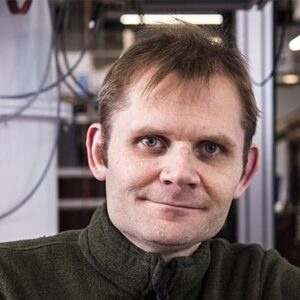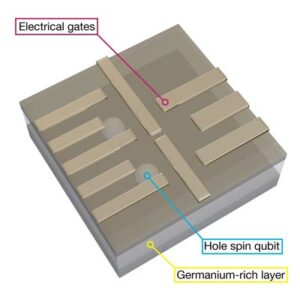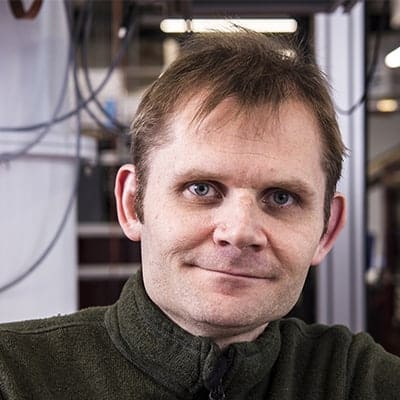In the world of quantum mechanics, researchers can even make empty space, the lack of something, do their bidding. Scientists from NOMIS researcher Georgios Katsaros‘ group at the Institute of Science and Technology (IST) Austria together with an international team of researchers have now created a new setup to control the absence of electrons in a solid material. They want to use these holes as a basis for a quantum computer.


Quantum computers with their promises of creating new materials and solving intractable mathematical problems are a dream of many physicists. Now, they are slowly approaching viable realizations in many laboratories all over the world. But there are still enormous challenges to master. A central one is the construction of stable quantum bits – the fundamental unit of quantum computation called qubit for short – that can be networked together.
In a study published in Nature Materials and led by Daniel Jirovec from the Katsaros group at IST Austria in close collaboration with researchers from the L-NESS Inter-university Centre in Como, Italy, scientists now have created a new and promising candidate system for reliable qubits.
Spinning Absence
The researchers created the qubit using the spin of so-called holes. Each hole is just the absence of an electron in a solid material. Amazingly, a missing negatively charged particle can physically be treated as if it were a positively charged particle. It can even move around in the solid when a neighboring electron fills the hole. Thus, effectively the hole described as positively charged particle is moving forward.

These holes even carry the quantum-mechanical property of spin and can interact if they come close to each other. “Our colleagues at L-NESS layered several different mixtures of silicon and germanium just a few nanometers thick on top of each other. That allows us to confine the holes to the germanium-rich layer in the middle,” Jirovec explains. “On top, we added tiny electrical wires – so-called gates – to control the movement of holes by applying voltage to them. The electrically positively charged holes react to the voltage and can be extremely precisely moved around within their layer.”
Using this nano-scale control, the scientists moved two holes close to each other to create a qubit out of their interacting spins. But to make this work, they needed to apply a magnetic field to the whole setup. Here, their innovative approach comes into play.
Continue reading this IST Austria release
Read the Nature Materials publication: A singlet-triplet hole spin qubit in planar Ge



